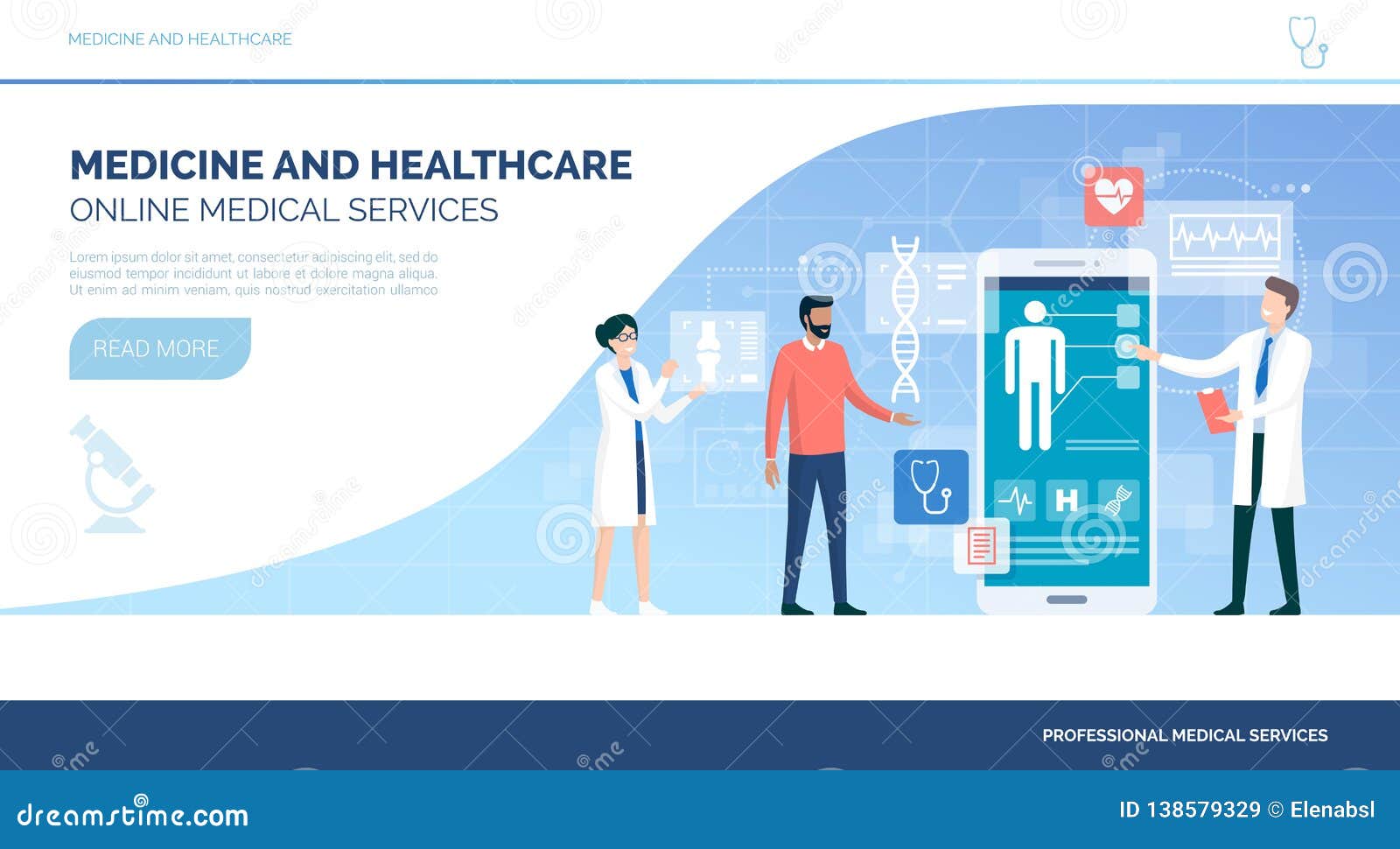The Influence of Subscription Based Healthcare on Typical Clinical Practices
The Influence of Subscription Based Healthcare on Typical Clinical Practices
Blog Article
Recognizing the Cost-Effectiveness of Subscription-Based Healthcare Designs
As the healthcare landscape progresses, subscription-based versions emerge as an engaging choice, guaranteeing to redefine how people handle clinical expenses. Examining these models' cost-effectiveness necessitates a nuanced comparison with standard insurance, considering both economic effects and client satisfaction. While they provide transparency and predictability in expenses, inquiries continue to be about their capability to satisfy varied medical care needs, especially for specialized treatments. The viewpoints of doctor additionally complicate this formula, offering a complex challenge. What does the future hold for these models, and can they really provide on their pledge of obtainable, cost effective treatment?
Introduction of Subscription-Based Designs
Subscription-based healthcare models, occasionally described as direct medical care or attendant medication, are significantly acquiring attention as a possible option to ineffectiveness within conventional healthcare systems. These versions operate the principle of offering people straight access to doctor via a yearly or regular monthly cost, bypassing the requirement for typical insurance coverage devices. This plan aims to enhance patient-provider interactions by lowering management burdens, which often impede customized and prompt care.
At the core of subscription-based versions is the focus on a more tailored patient experience. Individuals gain from improved accessibility to their doctors, typically consisting of same-day or next-day consultations, extended examination times, and direct communication networks such as phone or video phone calls. This version fosters a positive approach to health care, where suppliers and patients can collaboratively concentrate on preventative treatment and persistent disease administration.

Cost Contrast With Typical Insurance

One of the main monetary advantages of registration models is transparency in prices. On the other hand, conventional insurance might be a lot more beneficial for individuals calling for specialized care or costly treatments not covered under a subscription version, as they benefit from the broader insurance coverage network and cost-sharing systems.
Nonetheless, cost-effectiveness is context-dependent. While subscription versions may use financial savings for those mostly needing main treatment, individuals with persistent conditions or specialized health care demands may locate typical insurance coverage more detailed. Therefore, examining specific health care needs and potential usage is vital in identifying one of the most cost-effective choice for people.
Effect On Client Contentment
Patient fulfillment within subscription-based medical care models often mirrors a significant enhancement over standard insurance policy systems. This improvement is largely credited to the personalized care and access these designs supply. People regularly report greater satisfaction due to reduced delay times and the convenience of organizing consultations. Unlike typical systems, where people could experience hold-ups in getting care, subscription-based models guarantee even more straight and timely communications with doctor.
Moreover, the openness in expenses associated with subscription-based medical care minimizes the typical disappointments connected to unanticipated fees and intricate invoicing procedures seen in standard insurance (subscription based healthcare). People appreciate recognizing the exact economic commitment upfront, bring about enhanced trust fund and confidence in their medical care management
In addition, the emphasis on precautionary treatment and health in subscription designs contributes to enhanced wellness outcomes, additionally enhancing individual satisfaction. By concentrating on continuous health upkeep as opposed to anecdotal care, individuals experience an even more holistic and constant healthcare journey.
Additionally, the improved provider-patient relationship promoted in these versions, defined by Click Here more time spent per client and personalized interest, plays a critical function in raising person satisfaction levels, as individuals really feel really taken care of and recognized.
Service Provider Experiences and point of views
From the copyright's viewpoint, subscription-based healthcare models provide a transformative method to supplying clinical solutions. These versions emphasize a proactive and preventative healthcare strategy, allowing service providers to concentrate on extensive patient care without the constraints of traditional fee-for-service setups (subscription based healthcare). This change in emphasis commonly leads to enhanced client outcomes and increased service provider complete satisfaction, as healthcare professionals can allot even more time and resources to client engagement and individualized treatment plans
Moreover, subscription models facilitate foreseeable profits streams, which enhance economic security for health care service providers. This predictability enables boosted resource planning and allocation, contributing to an extra reliable healthcare distribution system. Carriers can purchase staff framework, technology, and training renovations, thus boosting the quality of treatment provided.
Nonetheless, the transition to click here to read subscription-based versions is not without challenges. Carriers should adjust to new operational structures, which can entail considerable modifications in payment practices and person management systems. Furthermore, there is an inherent requirement for durable information management to track individual outcomes and guarantee top quality treatment. Despite these obstacles, several service providers discover that the advantages of increased client communication and streamlined operations exceed the preliminary obstacles, making subscription-based versions an eye-catching option.
Future Potential Customers and Difficulties

A primary obstacle is regulatory conformity, as membership models have to abide by developing healthcare plans and insurance needs. This requires continuous adjustment and development to ensure positioning with lawful requirements. Additionally, incorporating these models directory right into existing health care frameworks can be complicated, calling for considerable financial investments in innovation and training.
There is also the prospective threat of producing injustices in health care accessibility, as subscription designs might favor those that can afford them, leaving prone populations underserved. Addressing this calls for thoughtful consideration of prices methods and aid systems to make certain inclusivity.
Conclusion
Subscription-based health care designs provide a feasible choice to typical insurance policy by offering financial predictability and openness, specifically profiting individuals with chronic conditions or regular health care needs. The cost-effectiveness of these models is contingent upon individual healthcare use patterns and conditions.
Subscription-based medical care versions, occasionally referred to as direct main care or concierge medication, are significantly getting interest as a prospective service to inefficiencies within traditional medical care systems. Unlike standard systems, where individuals might experience delays in receiving care, subscription-based versions make sure more timely and direct communications with health care companies.
These designs emphasize a preventative and positive healthcare method, allowing companies to focus on detailed patient care without the constraints of standard fee-for-service arrangements. As these versions proceed to acquire grip, they provide the potential to change client accessibility to care, improve solution shipment, and maximize health care investing.Subscription-based health care designs provide a practical choice to standard insurance by offering economic predictability and openness, especially benefiting people with persistent conditions or constant health care demands.
Report this page